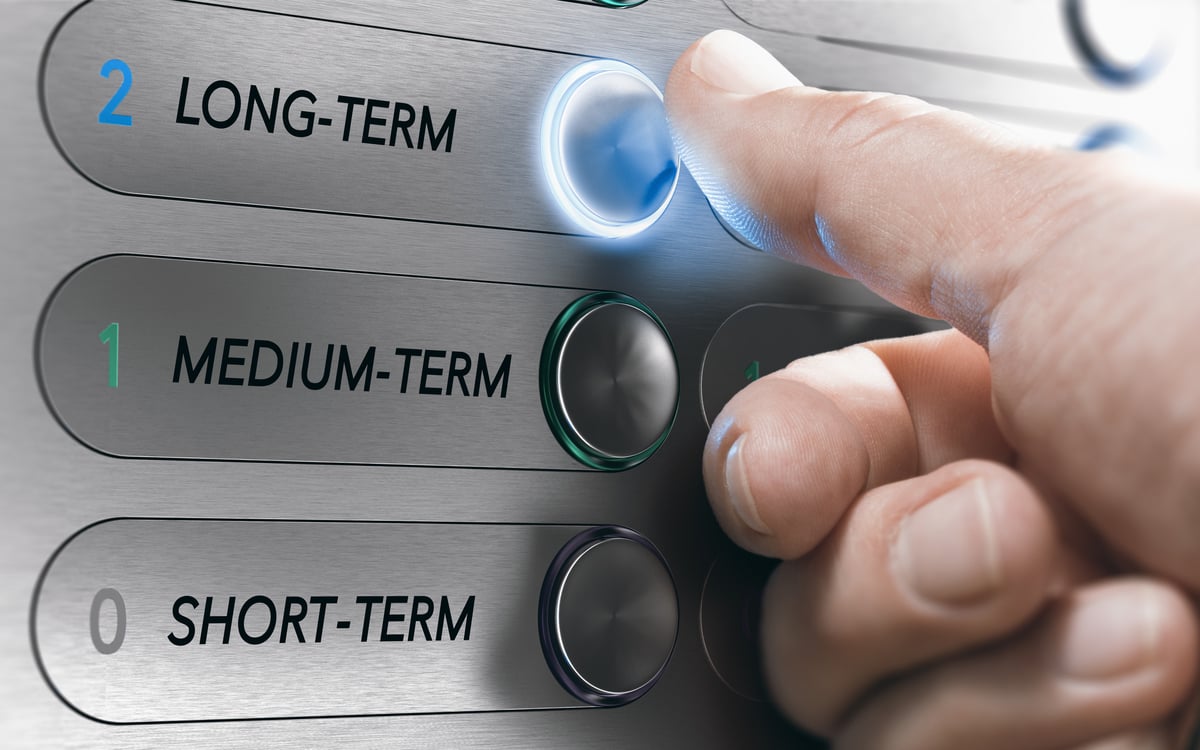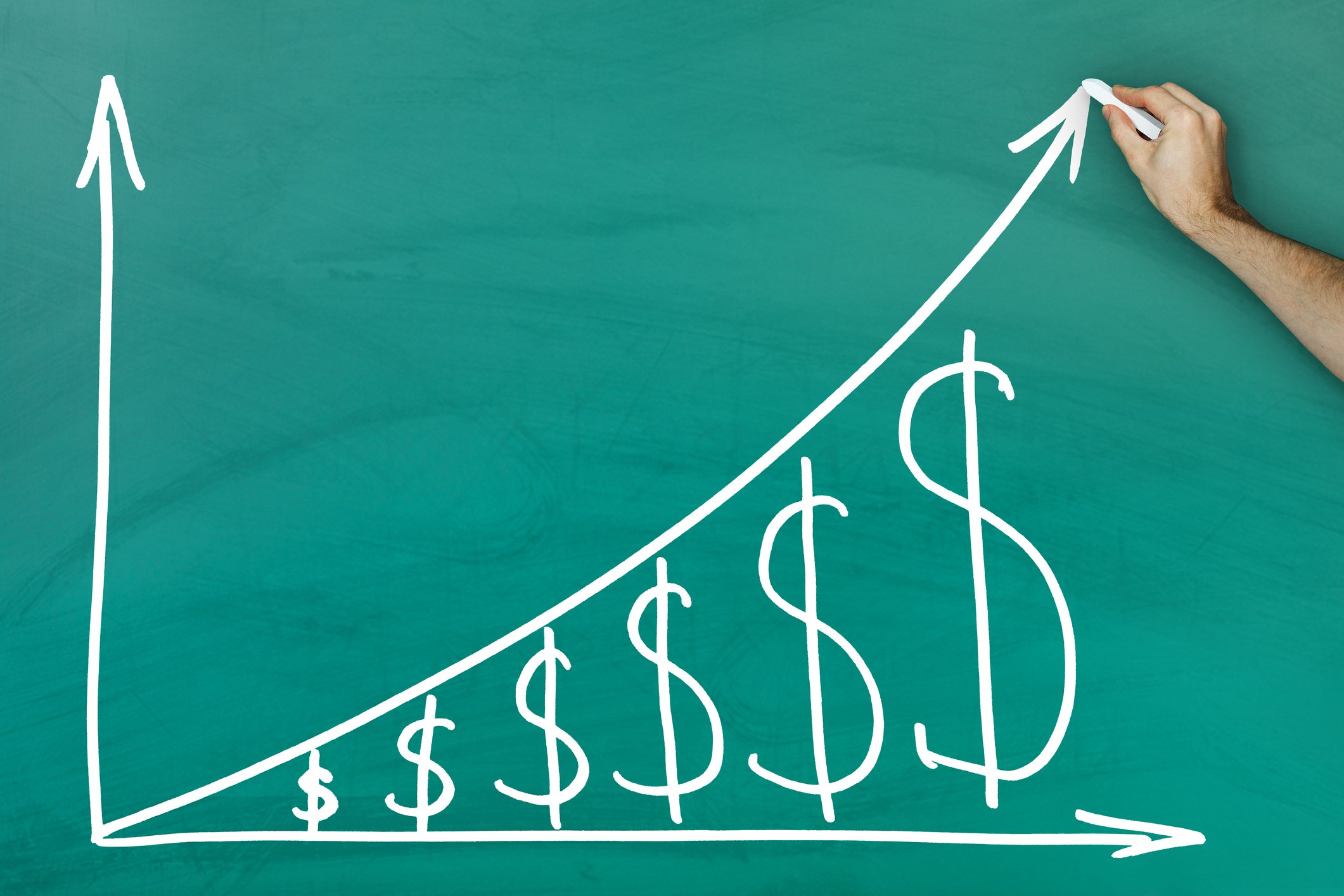Artificial intelligence (AI) has the potential to grow into a multi-trillion-dollar market in the coming years. That's leading companies to invest billions of dollars into buying semiconductors and other technology to build AI models. They're housing this equipment in data centers.
Because those facilities require an immense amount of power, especially when they run AI applications, there's a once-in-a-generation opportunity to invest in the build out of the electricity-generating capacity needed to power AI. One of the potentially biggest beneficiaries of the expected surge in power demand is leading global renewable energy producer Brookfield Renewable (BEPC +0.00%)(BEP 0.57%). The company could generate lots of income for its investors from its high-yielding and steadily rising dividend. It also has powerful growth potential.

NYSE: BEPC
Key Data Points
Powerful demand growth
Data centers currently consume 1% to 2% of the world's electricity. According to an estimate by Goldman Sachs, that percentage could balloon 160% by 2030 to 3%-4% of global power demand. That's due largely to the fact that AI applications use significantly more power than other programs. For example, an average ChatGPT query needs roughly 10 times more electricity than a standard internet search.
Most technology companies have pledged to power their data centers with renewable energy. That drives the view that demand for renewables could accelerate significantly in the future, given that it's already robust because of climate change concerns. Forecasters estimate the renewables and storage growth in the U.S. alone will grow three times faster over the next seven years compared with the past seven.
Capitalizing on the opportunity
Brookfield Renewable is an early leader in capturing this boom in renewable energy demand. Earlier this year, it signed a groundbreaking agreement with tech titan Microsoft (MSFT 1.04%). The company has agreed to deliver 10.5 gigawatts (GW) of new renewable generating capacity to Microsoft in the U.S. and Europe in the 2026-to-2030 timeframe. That's a staggering eight times larger than the biggest corporate power purchase agreement ever signed. It adds to the roughly 1 GW Brookfield has already agreed to supply to the tech giant. Those projects will help power Microsoft's growing cloud and AI businesses.
The companies could expand that agreement to deliver additional capacity in the U.S. and Europe as well as other regions like Asia-Pacific, India, and Latin America. Furthermore, it focuses beyond wind and solar to potentially add new or impactful carbon-free energy generation technologies.
That contract is likely the first of many it will sign to help power the AI boom. Few companies can match Brookfield Renewable's global scale and development expertise.
Powerful growth ahead
That deal supports Brookfield's view that it can build 7 GW of new renewable energy generation capacity annually through 2030. That's a meaningful amount, considering the company's current operating capacity is around 33 GW.
It has ample upside to that current growth trajectory. Brookfield has a massive development pipeline of over 155 GW of projects in various stages of development. It has added to that pipeline through its in-house development capabilities and acquisitions. For example, Brookfield recently agreed to acquire a majority interest in Neoen, a France-based developer with projects in its home country, Australia, and the Nordic region. It has 8 GW in operation or under construction and another 20 GW of advanced development projects.
Brookfield's combination of organic and inorganic growth powers its view that it can grow its cash flow per share at a more than 10% annual rate through 2028. That easily supports its long-term dividend growth target of 5% to 9% annually. With its payout already yielding around 5%, Brookfield could easily generate total returns in the mid-teens over the next five years. There's ample upside potential from a rising valuation as AI accelerates its growth rate.
Supercharged return potential
Brookfield Renewable is already benefiting from the expected surge in power demand from AI. It should enhance its already robust dividend income and earnings growth profile.
However, the market has yet to fully grasp this upside potential, considering the stock currently sits more than 30% below its three-year high. That makes Brookfield look like a very compelling long-term investment opportunity right now. AI and other catalysts could enable investors to earn supercharged total returns through at least the end of the decade.





